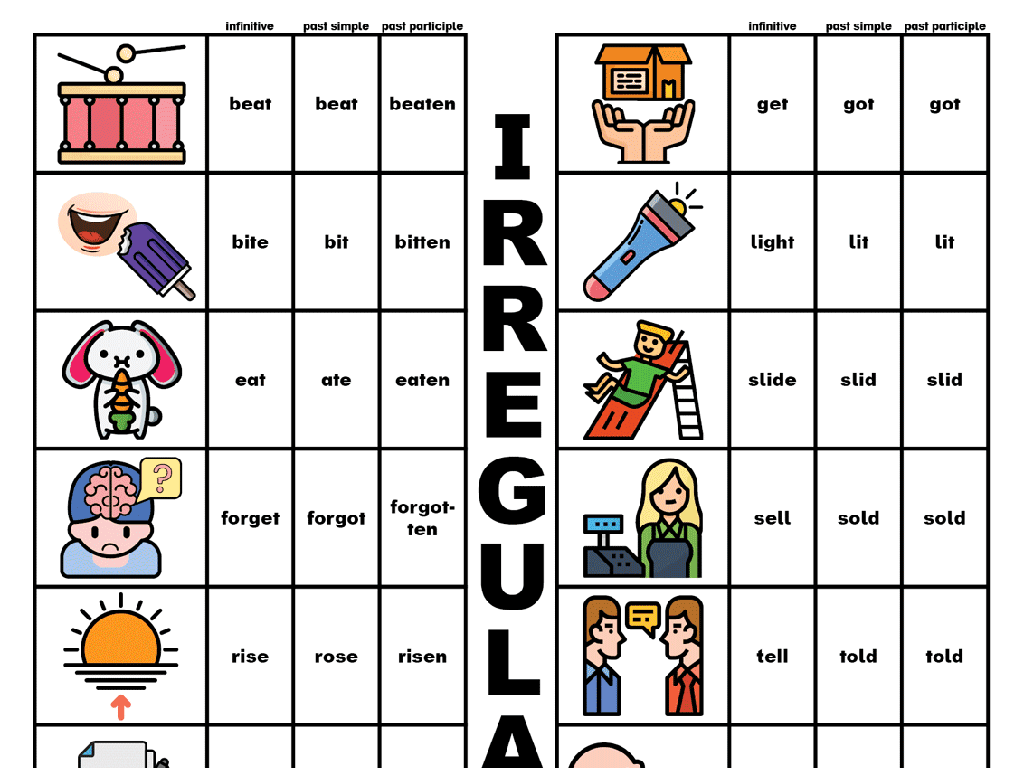Estimate Sums And Differences: Word Problems
Subject: Math
Grade: Fifth grade
Topic: Addition And Subtraction
Please LOG IN to download the presentation. Access is available to registered users only.
View More Content
Introduction to Estimation
– What is estimation?
– Estimation is finding a number close to the exact amount.
– Estimation in daily life
– Useful for quick calculations, like shopping or cooking.
– Exact vs. Estimated results
– Exact results are precise, estimates are close approximations.
– Practice estimation skills
|
This slide introduces the concept of estimation, which is a mathematical tool used to find an approximate value that is close enough to the right answer, usually with some thought or calculation involved. It’s a practical skill in everyday life, helping us make quick decisions without needing exact numbers. For example, while shopping, we estimate the total cost of items to stay within budget. Understanding the difference between exact and estimated results is crucial, as it allows students to recognize situations where precision is necessary versus when an estimate is sufficient. Encourage students to think of times they have used estimation outside of school and to practice this skill with various word problems.
Estimating Sums in Word Problems
– Learn to round numbers
– Round to the nearest ten or hundred to simplify
– Add rounded numbers for sums
– After rounding, add the numbers to estimate the sum
– Example: Shopping cart total
– If a cart has items costing $23, $17, and $31, round to estimate total
– Practice estimation skills
|
This slide introduces students to the concept of estimating sums by rounding numbers. Start by explaining the rules for rounding to the nearest ten or hundred. Then, show how to add these rounded numbers together to get an estimated sum, which is a useful skill in everyday life, such as estimating the total cost before checking out at a store. Use the example of a shopping cart with items of various prices, and demonstrate how to round each item’s cost and then add them together to estimate the total cost. Encourage students to practice by rounding and estimating sums with different sets of numbers to build their confidence and proficiency in estimation.
Estimating Differences in Word Problems
– Learn to round numbers for estimation
– Round numbers to the nearest ten or hundred to simplify
– Subtract rounded numbers for differences
– Use the rounded numbers to estimate the difference quickly
– Example: Calculating change from a purchase
– If an item costs $15 and you pay with a $20 bill, estimate the change
– Practice estimation with real-life scenarios
|
This slide introduces the concept of estimating differences by rounding numbers, which is a useful skill for making quick calculations in everyday situations. Start by explaining the process of rounding numbers to the nearest ten or hundred. Then, show how to subtract these rounded numbers to find an estimated difference. Use practical examples, such as estimating change after a purchase, to illustrate the concept. Encourage students to think of other scenarios where they could use estimation, like determining the time needed to complete a task or the amount of material required for a project. Provide practice problems for students to apply what they’ve learned.
Estimating Sums in Word Problems
– Read the word problem carefully
– Understand the story and question
– Find numbers to estimate
– Look for key numbers to use
– Estimate sums to solve
– Round numbers, then add them up
– Check reasonableness of answer
– Does the estimate make sense?
|
This slide is aimed at teaching students the process of estimating sums within word problems. Start by guiding students on how to read the problem carefully to understand the scenario and what is being asked. Emphasize identifying and rounding the relevant numbers to the nearest ten or hundred as a strategy for estimation. Show how to add these rounded numbers to find an estimated sum. Finally, encourage students to think critically about whether their estimate is reasonable by comparing it to the numbers in the problem. Provide examples of word problems and solve them together as a class, then let students try their own with peer review.
Estimating Differences in Word Problems
– Analyze the subtraction problem
– Read carefully to understand what needs to be subtracted
– Determine numbers to round
– Round numbers to the nearest ten or hundred for easier subtraction
– Subtract using rounded numbers
– Perform the subtraction with the rounded numbers
– Solve with estimated differences
– Use estimation to find an approximate answer to the problem
|
This slide is aimed at teaching students how to estimate differences when solving subtraction word problems. Start by analyzing the problem to understand what is being asked. Then, determine which numbers in the problem can be rounded to make the subtraction easier. Teach students to round to the nearest ten or hundred as appropriate. After rounding, guide them to subtract the rounded numbers to estimate the difference. Emphasize that estimation helps to quickly find an answer that is close to the exact solution, which can be particularly useful in real-life situations where an approximate answer is sufficient. Encourage students to practice with various word problems to become comfortable with estimation.
Estimation in Word Problems
– Work through estimation problems
– We’ll estimate sums and differences together
– Discuss problem-solving strategies
– Strategies like rounding numbers to nearest ten or hundred
– Interactive class problem-solving
– Solve problems as a class, think-pair-share
– Emphasize estimation benefits
|
This slide is designed to engage the class in practicing estimation with word problems. Start by solving a few problems together, demonstrating how to round numbers to make estimation easier. Discuss different strategies such as rounding up or down depending on the context of the problem. Engage the class in an interactive problem-solving activity, possibly using a think-pair-share approach to encourage collaboration. Emphasize the importance of estimation in everyday life, such as when shopping or planning time. The teacher should prepare a variety of problems with different levels of complexity to cater to all students and ensure that everyone can participate in the activity.
Class Activity: Estimation Relay
– Form teams for the relay
– Solve estimation problems
– Use rounding to nearest ten or hundred
– Advance upon correct estimates
– Each correct estimate lets the team move forward
– Aim to finish first with accuracy
|
This activity is designed to make learning estimation interactive and fun. Divide the class into small groups, ensuring each team has an equal number of participants. Provide each team with a set of word problems that require them to estimate sums and differences. They will use rounding to the nearest ten or hundred to solve these problems. As a team gets an estimate correct, they ‘advance’ in the relay, which can be represented by moving a marker on a board or receiving a token. The first team to correctly complete all their problems wins. Ensure that while speed is encouraged, accuracy is essential for advancing. This will help reinforce the concept of estimation in a practical, engaging way. Prepare 4-5 different sets of problems so that each team has a unique set to solve.
Estimation Wrap-Up: Review & Questions
– Recap: Why estimate?
– Estimation helps us quickly find approximate answers.
– Review: Key estimation strategies
– Rounding numbers, using compatible numbers, and benchmark numbers are some strategies.
– Engage: Q&A session
– Reflect: Apply estimation in daily life
– Think of examples like budgeting your allowance or measuring for a recipe.
|
As we conclude today’s lesson on estimation, it’s crucial to remind students of the practicality of estimation in everyday life. It allows for quick and reasonable calculations without the need for exact numbers. Review the main strategies taught, such as rounding to the nearest ten or hundred, and using numbers that are easy to work with mentally. Encourage students to ask questions to clear up any confusion. Finally, ask them to reflect on how they can use estimation outside of the classroom, such as when shopping or cooking, to reinforce the concept’s relevance.






